How and with what to feed the plants?
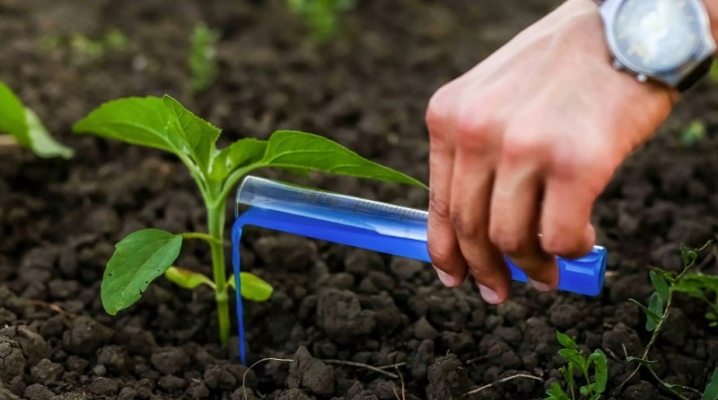
Plants get their nutrients from the soil and the environment. Additional feeding can improve their condition and accelerate growth. It is important to understand what and how to fertilize. Top dressing itself is of different types and is performed either by sheet or root method.

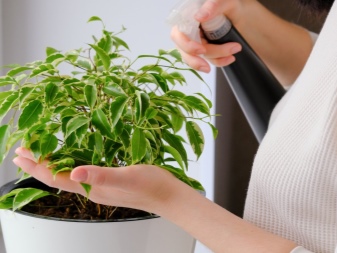
What is it and what is it for?
Top dressing is the application of various fertilizers. The assortment is quite wide. It is necessary to feed the plants in order to get a higher and more stable yield. Plants contain about 60 elements, but most of all they need magnesium, iron, sulfur, nitrogen, potassium and calcium. It is necessary to fertilize the soil when there are not enough substances in it. Only in this way will plants be able to replenish their reserves and develop fully.
Even if the land is initially rich in nutrients, they need to be added additionally. Plants deplete the soil as they grow. Mineral fertilizers are quite important. They ensure the full development of plants, improve the quality of the crop and its quantity.
Organic fertilizers improve the condition of the soil and force the microflora in it to develop more actively. This is important for planting noble crops.
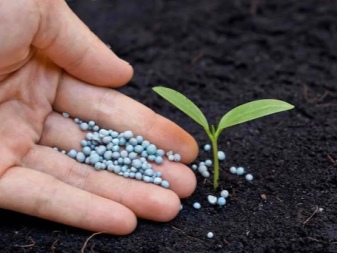

Briefly about the types of fertilizers
All types of feeding can be produced in different forms. It depends on the purpose and is made for more convenient use. All fertilizers can be conditionally divided into liquid and dry fertilizers. The first category includes concentrated solutions that are diluted before use. Usually liquids and gels are used for ornamental plants. Dry fertilizers are intended for soil in vegetable gardens and orchards. Powders usually dissolve in water, granules are laid out on top of the ground or slightly dripped. In the latter case, the dry fertilizer will dissolve after the precipitation has passed. As a result, all substances will penetrate deeper into the ground and feed the plants.
Tablets and candles can be used for feeding in pots. They are placed in the ground near the stem. The active substances gradually dissolve and move closer to the root system. Fertilizers work for a long time, but they are not evenly distributed. Also, top dressing is divided into types depending on the composition. Plants need organic and mineral substances equally.
Some even use complex feeding with a combination of two types. There are also some popular methods, the effectiveness of which remains in doubt.

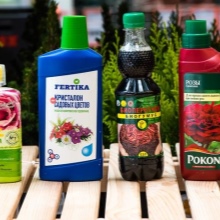

Organic
Such fertilizers are made exclusively from natural ingredients. Organic has a gentle but effective effect. It should be noted that natural fertilizers have an unpleasant odor and can cause stains on the ground and leaves. Among the organic matter are manure, peat, compost, droppings, green plants.
All fertilizers of this type can be used in liquid or dry form. Manure is considered the most nutritious for various crops. It can be pork, cow and horse. The latter is the most valuable and is combined with other organics. In humid climates, such fertilizers are applied before field work, and in dry climates after harvest.
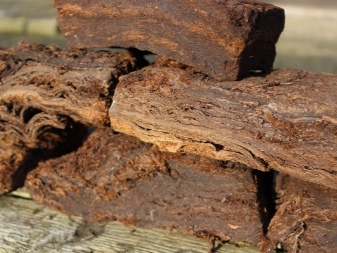
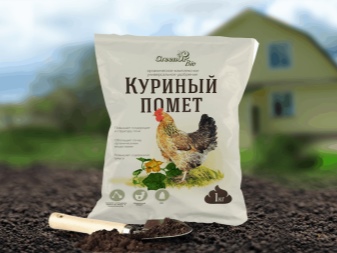
Mineral
Such substances are intended to improve nutrition of inorganic origin. Mineral fertilizers are produced by the chemical industry. They are simple and complex, with one substance in the composition or several, respectively. This type includes phosphorus, nitrogen and potash fertilizers, trace elements, special formulations without chlorine. Simple mineral dressings are made from natural raw materials and waste from some enterprises. For example, after the production of nylon, ammonium sulfate remains, which is useful for plants.
Such fertilizers can be in solid or liquid form. The latter is used for spraying plants.

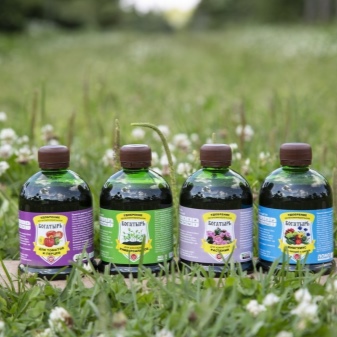
Folk remedies
Many experienced owners have their own secrets of soil cultivation and plant nutrition. Traditional methods do not work as clearly as specialized substances, this is worth understanding. However, a certain effect is quite possible. The main thing is not to harm the plants. The use of herbal infusion and sweet water is quite popular. The compounds are simply watered to the plants to provide vitality, to activate growth. Medicines are also used.
- Hydrogen peroxide. Used for dressing seeds before planting. It is a kind of alternative to manganese solution. For disinfection, it is enough to soak the grains in a 10% solution for 20 minutes and rinse with water. Peroxide is also used to activate growth. It is enough to soak the grains in a 0.4% solution for 12-24 hours.
- Boric acid. It is used if the fruit does not set well. Only 2 g must be dissolved in 0.5 liters of water, and then the resulting liquid must be added to 10 liters of water. Any plants are sprayed with this composition. It can also be combined with manganese for processing strawberries and raspberries, and with onion peels for pickling grains.
- Succinic acid. You can dilute 1 g per 5 liters of water and spray on ornamental plants. This will greatly stimulate their growth. Such a tool is used no more than once every 2 years.



Types of feeding
After choosing the type of fertilizer, it is worth deciding how to apply it. The most common and well-known is root feeding. Many owners use this method and nothing else. However, there are situations when the root of the plant cannot absorb nutrients. It is in such cases that foliar feeding is used.
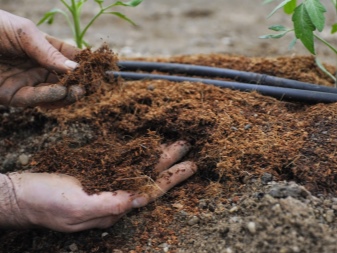
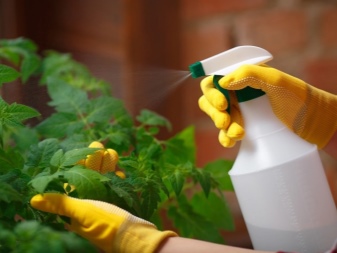
Sheet
If the plant is under stress, then it lacks nutrients from the root system. This happens during a drop in temperatures, frosts, and a lack of moisture. This can negatively affect the development and growth of the plant. It is worth noting that at low temperatures, substances are poorly absorbed by the plant, even if they are in the soil in sufficient quantities.
In cold weather, the plant does not perceive nitrogen, phosphorus and potassium poorly. In such circumstances, foliar feeding is especially effective. This type is considered auxiliary, not used by itself. Through the leaves, the plant can assimilate a large amount of nutrients in a short time. One has only to take into account that the possibilities are limited. The plant is well fed through the leaves with nitrogen, potassium and magnesium.
Sulfur, phosphorus, trace elements and potassium are absorbed more slowly. True, the speed is still higher than when fertilizing the soil.
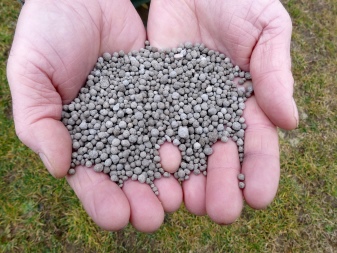
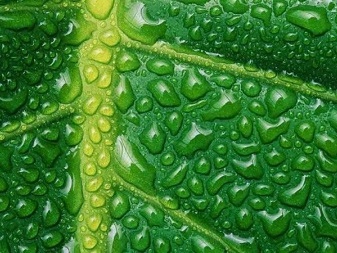
Root
Essential nutrients are applied directly under the root, which makes absorption much more efficient. Liquid and dry fertilizers are used. This type of feeding is considered the main one. With its help, it is possible to enrich the soil with the necessary substances as quickly as possible. For such feeding, both organic and mineral fertilizers are used. It is much easier for plants to absorb substances in liquid form than in dry form. Powders and granules are usually diluted in water before use. More often they are generally brought closer to the ground.
Root dressing is considered the most comfortable for introducing the necessary substances in the optimal dosage into the soil. Thanks to the use of fertilizers, the composition of the soil is improved in this way. However, if you use too concentrated formulations, you can ruin the roots of plants. Also, a too saturated solution can leave burns on the leaves if it gets on them.
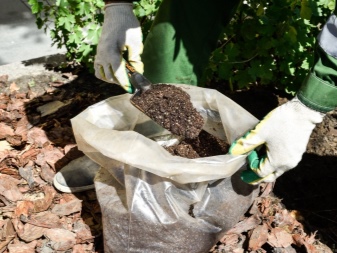
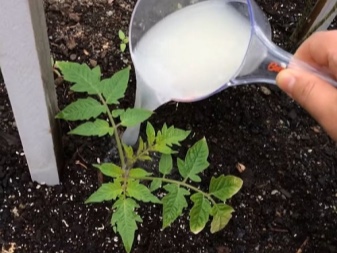
Timing
The frequency of feeding, its intensity and the type of fertilization depend on many factors. It is important to understand the composition of the soil and the needs of a particular plant. If you make a mistake, you can oversaturate the land, as a result of which the crop will die completely. Before using specific products, it is worth consulting with experienced gardeners and studying the manufacturer's instructions. In the spring, fertilizers are applied to prepare the soil for planting. During flowering, the plant is fed directly. Autumn tillage is also carried out. Fertilizing will improve the composition for the next planting. In winter, it is recommended to treat the soil with organic matter and cover it.
There are plants that bear fruit during the cold season. They need feeding all the time. Fast growing plants should also be treated quite often. They greatly exhaust the soil, drawing out a lot of nutrients. Even in the fall, the soil is prepared especially carefully for such crops. It is not worth neglecting the timing of the introduction of certain substances. If nitrogen is added to the soil too late, then the plants will not begin to bloom, the green mass will grow too much, and the crops will not be prepared for winter at all.
It is equally important to add potassium and phosphorus in late summer or early autumn. Otherwise, the plants will be depleted, and the ovaries will fall off.
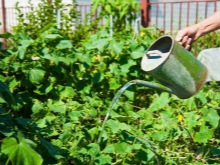

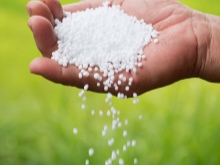
How to choose and apply fertilizer?
Choosing the right food for the garden and vegetable garden will ensure lush growth and a good harvest. The use of various complex preparations is carried out strictly according to the instructions from the manufacturer. You cannot increase the dosage yourself. Organic fertilizers can be prepared independently, however, they do not replace mineral fertilizers, but only supplement them.
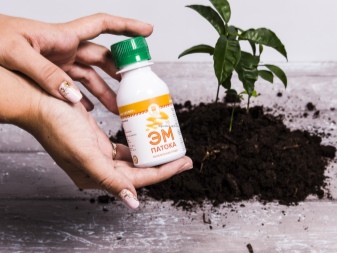
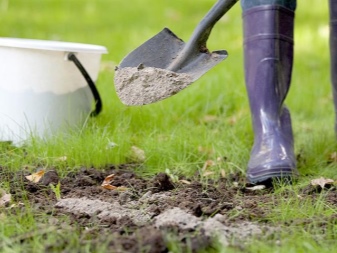
For fruit trees and bushes
The exact list of substances is determined based on the composition of the soil. It is important to follow the norms so as not to destroy the roots. It is recommended to use chicken manure to fill the soil with nitrogen. It is suitable for pear, peach and plum, sweet cherry and cherry.
Dry manure is diluted in a ratio of 3 kg per 20 liters of water. First, it should be diluted by 6 liters, wait for fermentation and only after 3 days add the rest of the liquid. Only the place of the trunk circle is watered with such fertilizer. Additionally, it is worth using humus. Cherries and cherries are fertilized with them for the first 5 years, apple and pear trees are treated with a substance mixed with soil.
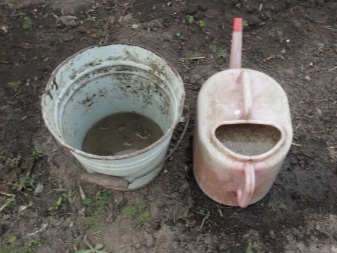
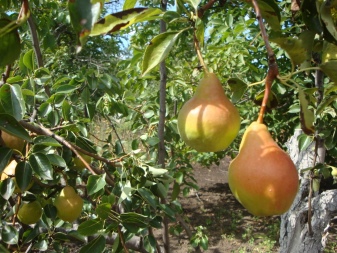
Ash is good for cherries and plums. It is dug under the ground to a depth of about 10 cm. For gooseberries, currants, blackberries and raspberries, bearberry, 10 liters of water are mixed, 0.5 tbsp. ash and 3 tbsp. l. urea. Also in the spring you can feed the plants with mineral fertilizers.
- Superphosphate is used for all crops. The substance is added to the hole during planting and later to the trunk circle during flowering.
- Potassium chloride is used for apple trees, about 150 g per tree. Use less in heavy soils and more in lighter soils.
- Nitroammofosk is used for all cultures. A solution should be made: 25 g of the substance per 5 liters of water. For processing, about 25-30 liters are used per plant.
Spring processing is carried out taking into account the needs of each tree, in accordance with the climate. The first feeding is carried out in March. Solid fertilizers are placed directly on the snow. During thawing, they are absorbed into the soil. 40 g of fertilizer are placed on bushes and young trees, and 100 g on adults.
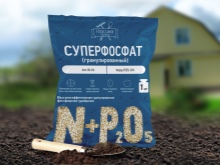
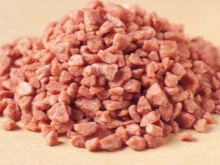

Active flowering is typical for mid-spring. Substances with phosphorus and potassium are used. The first strengthens the roots and improves growth. Potassium allows side shoots to form more efficiently. In May, the trees are already blooming actively. You can use not only mineral, but also organic fertilizers. During the growth of fruits, biohumus, compost and manure are used. The feeding scheme in this case directly depends on the weather and climate. It is important to take into account the need for a particular plant in various substances. The dosage calculation will be as follows.
- Apples should be sprayed with urea solution 3 weeks after flowering. Used 30 g of urea per 10 liters of water. A solution of 1 glass of ash per 2 liters of hot water is also used.
- For a pear, a composition is prepared from 100 g of carbamide per 5 liters of liquid. Ammonium nitrate is also effective, about 30 g per 1 m2. For further feeding, it is recommended to take organic fertilizers and complex substances.
- Cherry plum and plum require alkaline soil, so ash and dolomite flour are used. Mulching with compost and peat is especially important during the formation of fruits.
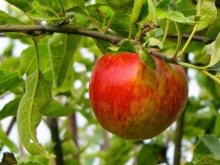
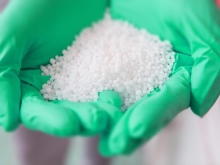
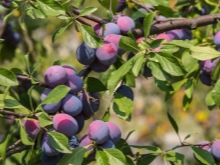
For ornamental plants
Such plants need full care and feeding. The type and composition of the soil depends on the particular plant. It is worth carefully studying this point and starting from the needs of the plant. Ornamental plants are fed both by root and foliage. Moreover, the second is relevant when it comes to a young seedling.
Fertilizers are sprayed with those plants on the leaves of which there is no gloss, chlorophytum cannot be treated this way. Top dressing is done during the growing season, development and growth of roots, stem and green mass.
This is usually the spring and summer season. In autumn and winter, only a few plants require feeding.


The features of common ornamental plants are as follows.
- Honeysuckle it is fed about 3 times during the growing season to increase the yield. In spring, compost and granules of dry natural vitalizer similar to HB-10 are used. During flowering, 1 liter of vermicompost is diluted and infused during the day. Then add 1 glass to a bucket of water. In August, it is worth sprinkling the bushes with ash.
- Thuja and juniper should be treated with complex fertilizers for conifers always, except for winter. At the same time, active watering is ensured for the first two years. It is worth covering in the cold. Peat mulching is used.
- Trachikarpus is a highly decorative plant. The palm is fed from April to late summer. Enough 1 treatment every 20 days. You can use a mineral complex for palms.
Some experts recommend using half of the manufacturer's recommended dose.
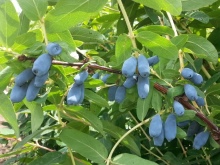
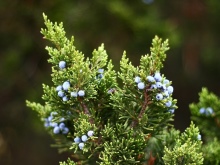
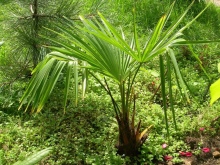
For the vegetable garden
Outdoor vegetables require serious maintenance. For a vegetable garden, you need to carefully consider feeding. Fertilizing is worth the entire vegetative period, this is important. Nitrogen supplements are applied in the spring, when active development and growth begins. Phosphorus and potassium allow the crop to be strengthened in the fall so that it can survive the winter. The amount of fertilizer is selected based on the type of soil and the thickness of the fertile layer. Sour soil before planting is neutralized with slaked lime, chalk, dolomite flour.
You can also feed it with boric acid at home. Pre-planting fertilizers are considered basic, used in the spring before sowing. It is allowed to use a universal fertilizer with nitrogen, potassium and phosphorus. Complex substances are also used, in which additional components are present. Usually humic additives and trace elements are added to the composition. This top dressing improves the soil structure. It is worth noting that many plants, even garlic and pepper, are best fertilized in the evening.
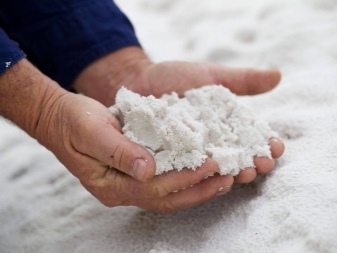
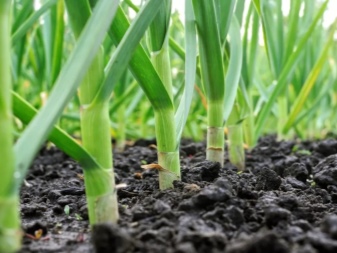
Plants also require additional nutrients during the growing season. Berry and fruit plants need feeding for planting flowers. Cucumbers and tomatoes from the greenhouse without fertilizer will not be able to bear fruit in several waves. It is recommended to carry out root and foliar processing with easily digestible formulations.
Microfertilizers are used in cases where a specific substance is clearly insufficient for a plant. In cold weather, copper can be added to the soil, and in hot and humid summers, magnesium and iron can be added. Certain types of soil generally do not allow plants to consume the required amount of certain elements. For example, sandy soil should be regularly treated with micronutrient fertilizers.
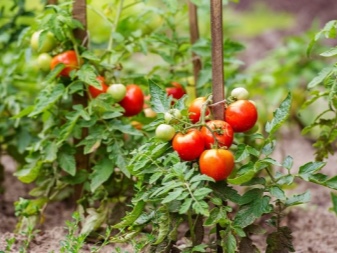
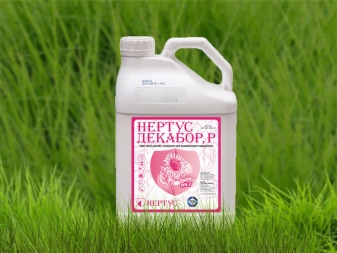
In autumn, after harvesting, fertilizing with phosphorus and potassium is used.Potassium monophosphate can be added. Often, the substance is simply dissolved in water and added as an irrigation. You can also use universal formulations at the end of summer. The processing features of some crops are as follows.
- It is worth starting to feed watermelons from the greenhouse from the moment the loops have reached 30-40 cm. Once a week, it is worth injecting a solution of 20 g of ammonium nitrate per 10 liters of water. Under each bush, 2 compositions are applied. Mineral fertilizers for watermelons are used before the bud formation and after the ovaries.
- After thinning the carrots, organic matter is introduced in the form of mullein infusion - 1 bucket for 6 buckets of water. Can be replaced with bird droppings. Also, after thinning, you can use 15-18 g of nitroammophos per 10 liters of water. The second feeding is carried out in 15-20 days. You will need fertilizers with potassium and phosphorus. As a result, carrots will be better stored in winter. You cannot use nitrogen in the second half of summer.
- The onion has very loose roots. Poor soil must be improved with mullein infusion in a ratio of 1: 6 or bird droppings 1: 16. For each bucket of water, add an additional 20 g of superphosphate and 15 g of potassium sulfate. Top dressing is carried out for the first time 2 weeks after germination, and again - when the bulb is formed. The second fertilizer should contain only potassium and phosphorus, no nitrogen. Top dressing cannot be carried out 25 days before ripening.


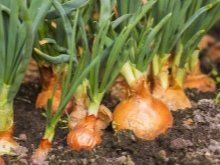
For flowers
Active feeding is required from April to October. Aloe, house fern and pelargonium, like many other plants, can be treated with complex fertilizers once every 1-2 weeks. Alternatively, you can combine organics with minerals. Many plants slow down their growth for the winter, they are fertilized once every 1-1.5 months. Blooming cyclamen and similar flowers should be treated with specialized complexes. They allow you to saturate the plant for the flowering period. Most plants, like indoor lemons, only need nitrogen, potassium, calcium and phosphorus. However, it should be varied with micronutrients.
Much can depend on the age of the plant. As it grows, you may need to water the fertilizer more often than once a week. Sometimes, however, you just need to use different formulations. Young streptocarpus require feeding, which contains nitrogen, potassium and phosphorus in equal amounts.
Before flowering, an adult plant is fertilized with only the last two components, monopotassium phosphate is suitable.
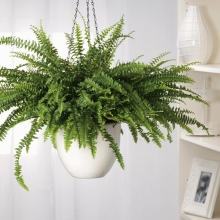
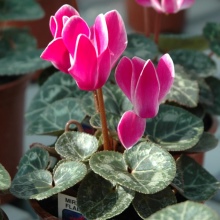
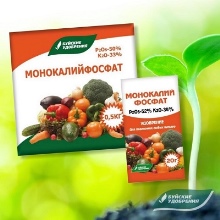
For the lawn
Usually mineral fertilizers are used like Azofoska and Nitroammofoska. Nitrogen is washed out quickly, therefore it is often combined with urea. So the soil is saturated for a whole month. To improve the color of the lawn, urea with ammonium sulfate is used, 20 g per 1 m2. However, if there are showers, then you just need to increase the frequency of potassium treatment.
At the end of summer, fertilization with superphosphate is carried out at the rate of 50 g per 1 m2 and potassium - 20 g 1 m2. So it is worth processing until the first frost. It is important to feed on the wrong day when the lawn was mowed. When planting new grass, you can use organic matter in the form of nettle ash.
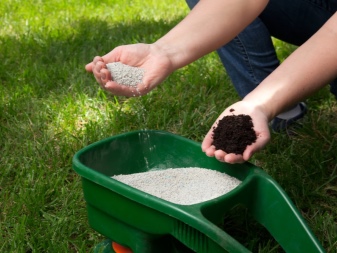
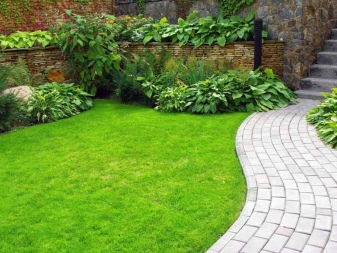













The comment was sent successfully.